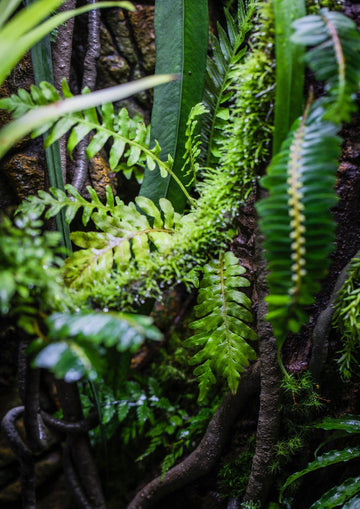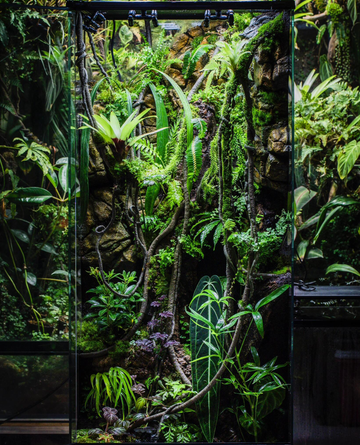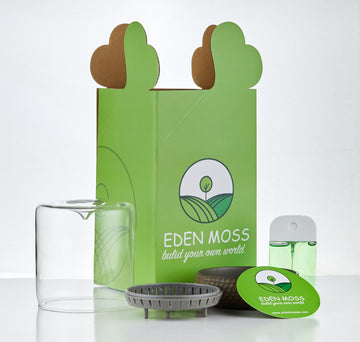Breeding in rainforest tanks can be a rewarding and fascinating endeavor for aquarium enthusiasts. These tanks mimic the lush, humid environments of tropical rainforests, providing an ideal habitat for a variety of plant and animal species. In this post, we'll explore the basics of rainforest tank breeding, including the setup, maintenance, and breeding strategies that can lead to success.
1. Setting Up Your Rainforest Tank
- Tank Selection: Choose a tank size that suits the species you plan to breed. Larger tanks provide more stability and space for inhabitants.
- Substrate and Decorations: Use a mix of substrates like soil, peat moss, and sand to create a natural environment. Add driftwood, rocks, and plants to mimic the rainforest floor.
- Lighting: Install full-spectrum LED lights to support plant growth and mimic natural daylight cycles.
- Water Parameters: Maintain a pH level between 5.5 and 7.5, and keep the water soft to moderately hard. Temperature should be kept between 75°F and 82°F.

2. Choosing the Right Species
- Fish: Select species that thrive in humid, densely planted environments. Examples include tetras, dwarf cichlids, and certain catfish species.
- Amphibians: Frogs and newts can add an interesting dynamic to your tank. Research the specific needs of each species before adding them.
- Invertebrates: Shrimp and snails can be excellent tank cleaners and add diversity to the ecosystem.



3. Plant Selection and Care
- Aquatic Plants: Java fern, Anubias, and Amazon swords are popular choices for rainforest tanks.
- Terrestrial Plants: Bromeliads, ferns, and mosses can thrive on driftwood and other tank decorations.
- Plant Care: Ensure plants receive adequate light and nutrients. Regular pruning helps maintain a healthy environment.
4. Creating the Ideal Breeding Environment
- Hiding Places: Provide plenty of hiding spots using plants, rocks, and decorations to reduce stress and encourage natural behavior.
- Feeding: Offer a varied diet of high-quality flakes, pellets, and live or frozen foods. Supplement with vegetable matter as needed.
- Water Quality: Perform regular water changes and monitor parameters closely to ensure a stable environment.
5. Monitoring and Encouraging Breeding
- Courtship Behavior: Observe your tank inhabitants for signs of courtship, such as increased coloration, nest building, or territorial behavior.
- Breeding Triggers: Simulate natural breeding triggers by adjusting light cycles, performing water changes, and varying the diet.
- Egg Care: Once eggs are laid, consider using a breeding net or separate tank to protect them from being eaten.

Conclusion:
Rainforest tank breeding is a captivating hobby that requires careful planning and dedication. By understanding the needs of your chosen species and creating a supportive environment, you can enjoy the beauty and excitement of watching new life flourish in your tank. Stay tuned for more detailed guides on specific species and advanced breeding techniques in future posts.



